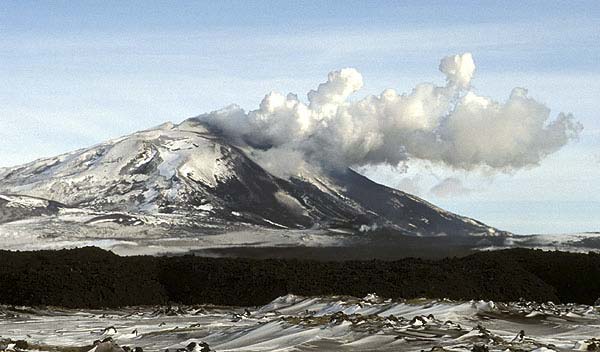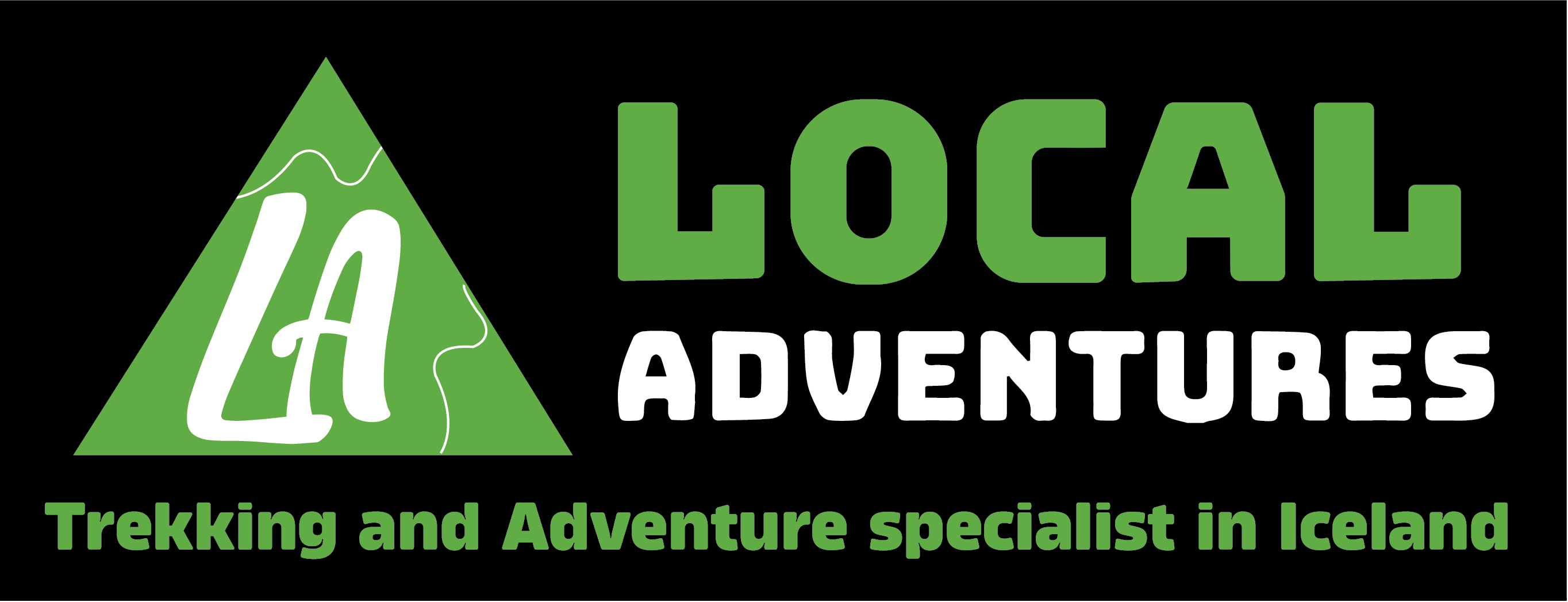
Hekla
One of Iceland’s most active volcanoes, Hekla rises up from the lava fields and plains of the island’s south. While the last significant eruption was in the year 2000, the area around Hekla is constantly monitored for seismic activity and it is considered safe to visit. Those that do visit Hekla can enjoy miles of hiking trails, super jeep adventures and a landscape unique to this part of Iceland.
The Hekla volcano was formed thousands of years ago and is still one of Iceland’s most active volcanoes. Formed from layers of ash and lava, it is considered a stratovolcano despite how it looks. Stratovolcanoes are usually cone-shaped, but Hekla is like a long ridge of heaped rock. In English, Hekla translates as ‘cloak’ and people speculate that the name derives from the near-constant presence of clouds around the volcano.
Since the year 874 AD, Hekla has seen 20 significant eruptions, though this volcanic system has been active since pre-historic times. Scientists have dated eruptions back as early as 5050 BCE. In 1104, one of Hekla’s most dramatic eruptions put it on the map. Half of Iceland was covered in tephra (rock fragments ejected by volcanic eruption) and farms and settlements within a 15-kilometre radius of Hekla had to be abandoned. The eruption became known across Europe, leading to one of the most famous myths around Hekla – Christians of the time believed that Hekla was one of the main doorways to Hell. In a text from the middle ages by Cistercian monks, Hekla was compared to Vesuvius which was considered the “chimney of Hell”. In the text, Vesuvius was called a “small furnace compared to this [Hekla’s] enormous Inferno.
Most Popular Tours
QUISEQUE VEL ORTOR
Ready to adventure and enjoy natural

